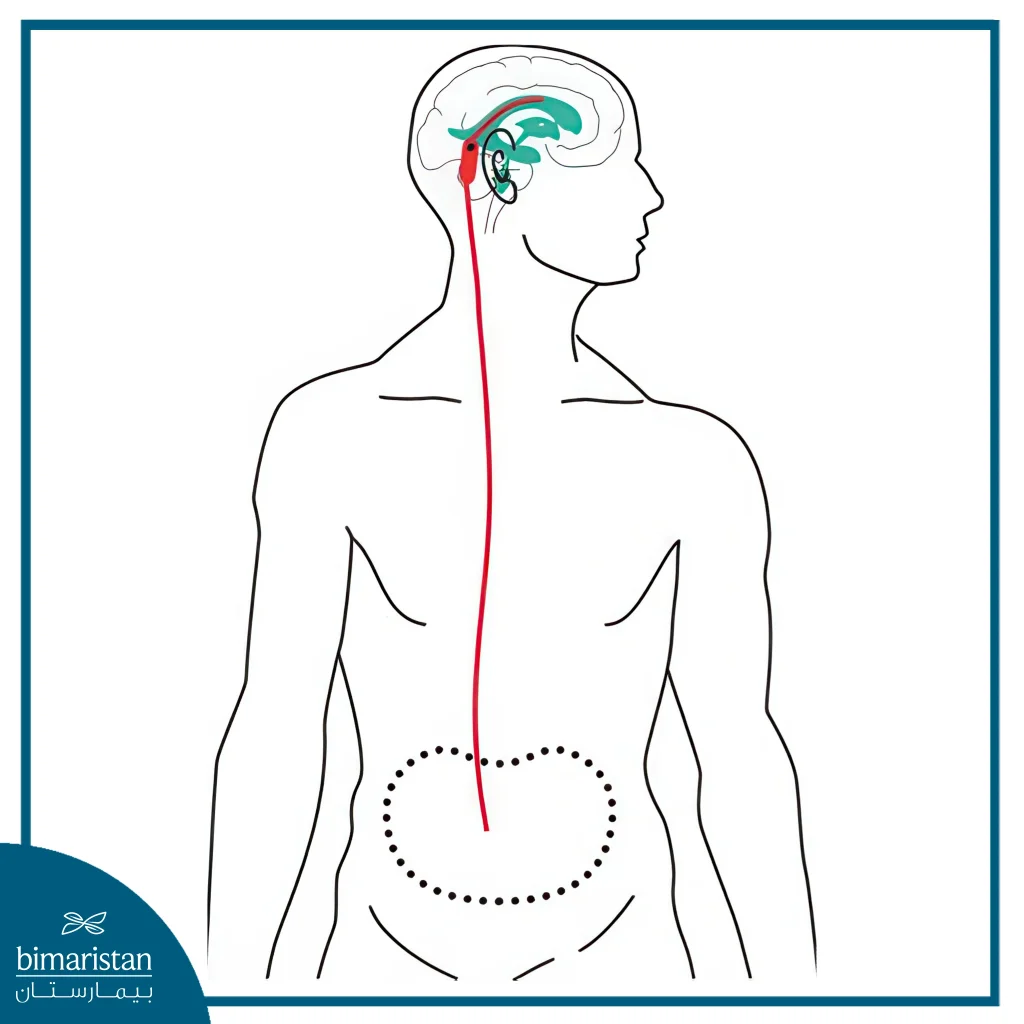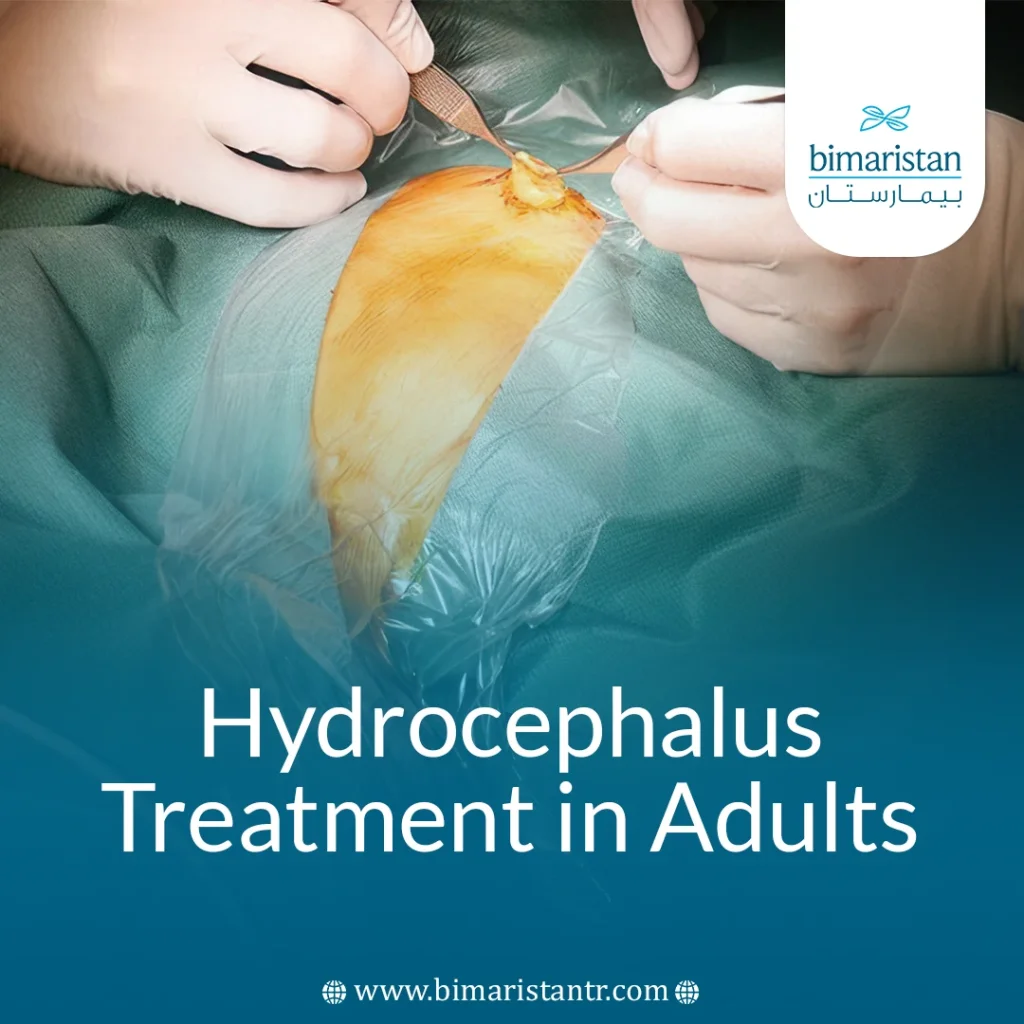Hydrocephalus, also known as water on the brain, is a neurological condition that affects about 1 in 1000 adults each year and requires prompt medical attention. Hydrocephalus treatment in adults depends on accurate diagnosis, followed by surgical procedures such as shunt placement to drain excess cerebrospinal fluid. Research indicates that nearly 80% of patients show significant improvement after proper treatment. With ongoing medical advances, hydrocephalus treatment in adults continues to become more effective, offering patients a greater chance of regaining normal function and quality of life.
What is water on the brain?
Water on the brain, or hydrocephalus, is a condition caused by the accumulation of cerebrospinal fluid within the ventricles of the brain, which increases intracranial pressure. This condition can occur at any age, but it is more common in newborns and adults over 60 years of age. Hydrocephalus is characterized by an enlarged head that is readily apparent, as well as a range of symptoms specific to the condition.
Causes of water on the brain in adults
The causes of water on the brain in adults are divided into two main causes: the first is a blockage in the cerebrospinal fluid pathway, and the second is excessive cerebrospinal fluid secretion with poor absorption, both of which can be caused by many factors:
- Obstructive causes: It may be caused by brain tumors, especially in the brain stem or around the ventricles, congenital stenosis of the cerebrospinal fluid pathway, sometimes caused by the presence of cysts or brain cysts, or intraventricular hemorrhage.
- Causes associated with poor fluid absorption: Cerebrospinal fluid hypoperfusion may be caused by inflammation in the meninges or by cerebral hemorrhage after head injuries.
In addition to these reasons, the occurrence of water on the brain in adults may be spontaneous and for no apparent reason, and this condition is very common in adults, as this type is often associated with aging.
Symptoms of water on the brain in adults
Symptoms of water on the brain in adults vary depending on the type and severity of hydrocephalus, but typically include characteristic core symptoms and other neurological and cognitive symptoms that may or may not be present:
- Key Symptoms:
- Severe headache that gets worse in the morning or when lying down
- Nausea and vomiting, especially upon waking up
- Dizziness and loss of balance
- Blurred vision and diplopia(double vision), due to pressure on the optic nerve
- Neurological and cognitive symptoms
- poor concentration
- Cognitive slowness
- memory problems
- Seizures, which occur only in advanced cases
- Other symptoms that are specific to normal pressure hydrocephalus (NPH) are
- unsteady gait
- incontinence
- progressive cognitive decline (similar to Alzheimer’s)
If you experience two or more of these symptoms, you should see a doctor immediately to diagnose the condition and avoid damage if it is indeed a case of water on the brain.
Diagnosing water on the brain
The diagnosis of water on the brain in adults relies on a combination of clinical and imaging tests to confirm the accumulation of cerebrospinal fluid within the ventricles and increased intracranial pressure. The doctor starts with clinical examinations where he evaluates the symptoms (headaches, vomiting, and balance disorders) and then proceeds to the neurological examination stage, where he conducts several tests such as balance tests, reflex tests, muscle strength, and memory tests, thus ending the clinical examination, and if the doctor suspects hydrocephalus, he requests resorting to imaging tests, which are fully diagnostic of the condition of water on the brain in adults.
Treatment of water on the brain in adults
Treatment of water on the brain in adults is often surgical, aimed at draining the cerebrospinal fluid from the ventricles to relieve pressure on the skull, or at treating the cause of the water on the brain.
Shunt placement for adult hydrocephalus
This is the most common procedure to treat water on the brain in adults, in which a flexible tube is implanted under the skin to drain excess cerebrospinal fluid from the brain to another cavity in the body, and there are two basic and common types of shunts:
- Brain to abdominal cavity shunt (VP Shunt): The goal is to drain cerebrospinal fluid from the ventricles into the abdominal cavity.
- Brain-to-heart shunt (VA Shunt): Drainage of cerebrospinal fluid from the ventricles to the atrium in the heart.
Although this method is effective, it has several risks, such as the risk of infection, blockages, or malfunctioning of the shunt.

Endoscopic third ventricle surgery (ETV)
It is an alternative to a shunt as a hydrocephalus treatment in adults, in which an opening is made in the third ventricle that allows the cerebrospinal fluid to drain. This method is more suitable for treating obstructive cases of hydrocephalus, as it carries fewer risks and does not require the implantation of a permanent drainage device.
Follow-up after surgical hydrocephalus treatment in adults
Follow-up is essential after surgery to treat adult hydrocephalus, and consists of monitoring symptoms and performing periodic clinical and imaging examinations to avoid relapse. In some cases, the shunt may relapse within the patient’s body, and it is necessary to reset it magnetically without the need for reconstructive surgery.
If symptoms return or signs of infection appear (such as fever, redness, or pain at the site of the shunt), it is crucial to see a doctor immediately to confirm the source of the infection and to prevent it from severely affecting the patient’s physical and cerebral health and leading to death.
In conclusion, hydrocephalus treatment in adults relies on accurate diagnosis and timely intervention, whether through surgery or shunt placement. At Bimarestan Medical Center, we combine advanced medical expertise with modern technology to achieve the best possible outcomes. Because restoring quality of life begins with making the right treatment decision at the right time.
Sources:
- National Institute of Neurological Disorders and Stroke. (2023). Hydrocephalus fact sheet.
- American Association of Neurological Surgeons. (2020). Hydrocephalus.

